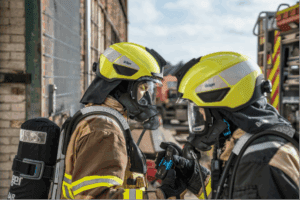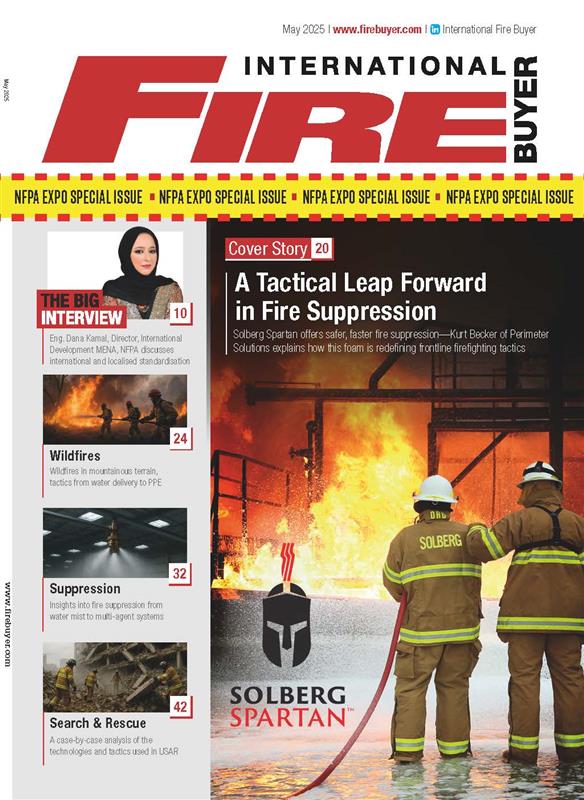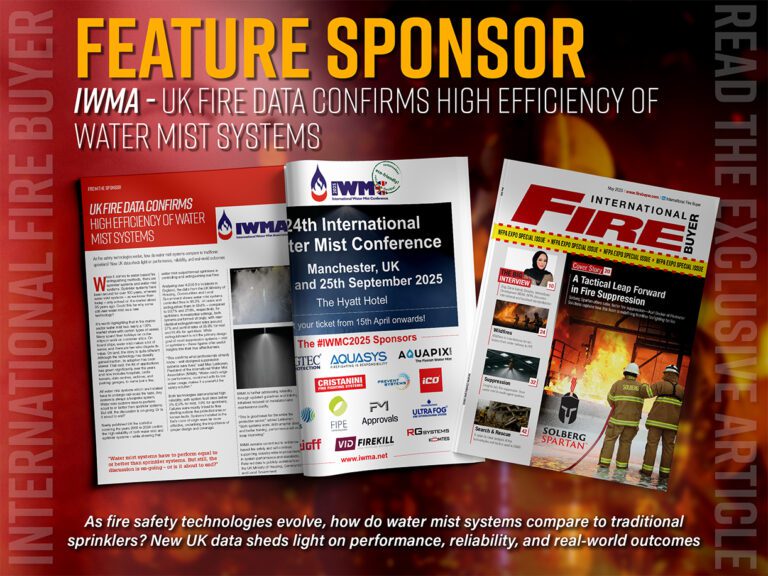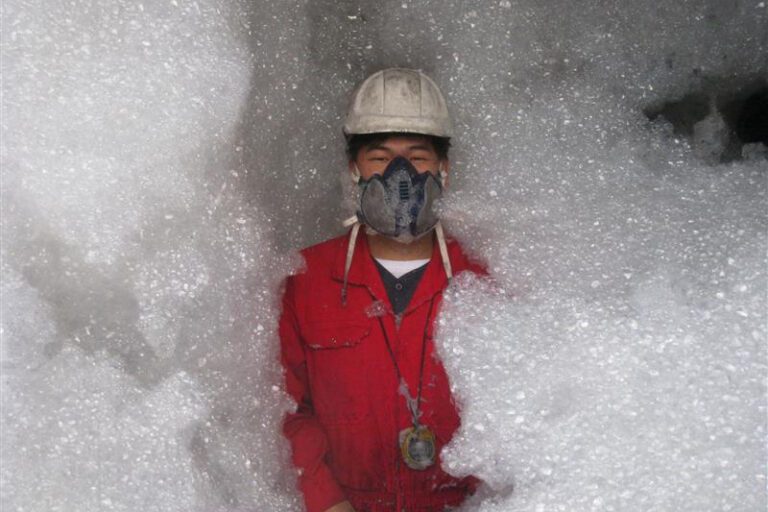Eliot Sizeland, Vice President of Business Development at Fire & Gas Detection Technologies Inc., discusses the challenges of flame detection in hangars.
When it comes to safeguarding high-value aircraft and personnel, conventional fire detection systems often fall short in the unique and high-risk environments of aviation shelters. Hangars, in particular, pose a significant challenge for traditional optical flame detectors due to the presence of hot exhaust gases that can easily trigger false alarms. Recognising this gap in the market, Fire & Gas Detection Technologies Inc. (FGD) developed the FlameSpec CO2L—a breakthrough solution designed to eliminate false alarms without compromising response time.
In this exclusive interview, International Fire Buyer speaks with Eliot Sizeland, Vice President of Business Development at Fire & Gas Detection Technologies (FGD), to discuss the technology behind the FlameSpec CO2L, the challenges it addresses, and the results of rigorous real-world testing in Southeast Asia. Sizeland shares insights into why precision detection is essential in hangar environments and how FGD is shaping the future of flame detection for military and commercial aviation facilities alike.
What makes hangars such a challenge for traditional flame detectors?
Hangars present a uniquely difficult environment for flame detection technologies. Unlike typical hangars where aircraft are towed or pushed into position, Hardened aircraft shelters (HAS) often use a ‘flow-through’ design, allowing aircraft to taxi in and out under their own power. This creates a setting where combustion gases from aviation fuel—particularly hot carbon dioxide (CO₂) emitted from exhaust plumes—can trigger false alarms in traditional infrared (IR) flame detectors.
Standard triple infrared (IR3) flame detectors are designed to identify hydrocarbon fires by detecting IR emissions around the 4.5-micron wavelength, which corresponds to hot CO₂. While this makes them highly effective in most environments, it becomes a liability in settings like HAS, where non-fire sources of CO₂ are common. As a result, conventional detectors may struggle to differentiate between a real fire and the exhaust from a taxiing aircraft.
The implications of false alarms in such mission-critical environments are significant. They can lead to unnecessary discharge of suppression systems, operational delays, and eroded trust in safety systems—all of which are unacceptable in high-security military and aviation operations.
What limitations in industry standards prompted FGD to develop the FlameSpec CO2L detector?
The turning point came from specific guidance within UFC 4-211-01, a document issued by the U.S. Department of Defence, which clearly stated that no commercial optical flame detector—including widely used models—was suitable for environments like HAS and aircraft refuelling shelters. The primary reason was the high probability of false alarms when exhaust gases were misidentified as fires.
Rather than accept this as an industry limitation, Fire & Gas Detection Technologies (FGD) saw it as an opportunity to innovate. The result was the FlameSpec CO2L detector—a new IR3 flame detector specifically designed to filter out false positives caused by CO₂ plumes from aircraft exhausts. Its development was grounded in a substantial database of flame signatures recorded over time, allowing engineers to refine the spectral analysis algorithms that underpin the detector’s functionality.




































